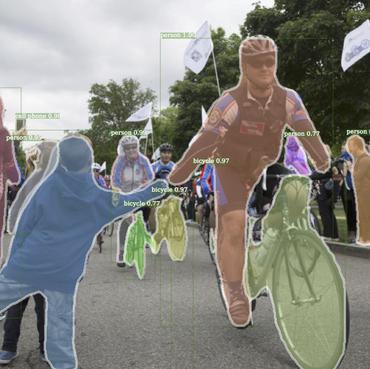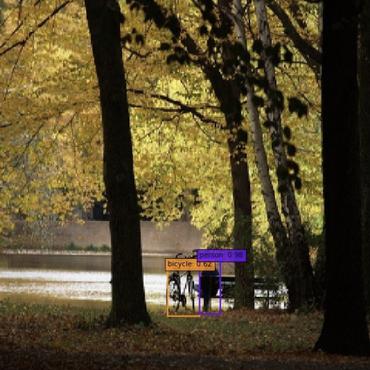YOLO-Z: Improving small object detection in YOLOv5 for autonomous vehicles
As autonomous vehicles and autonomous racing rise in popularity, so does the need for faster and more accurate detectors. While our naked eyes are able to extract contextual information almost instantly, even from far away, image resolution and computational resources limitations make detecting smaller objects (that is, objects that occupy a small pixel area in the input image) a genuinely challenging task for machines and a wide-open research field. This study explores how the popular YOLOv5 object detector can be modified to improve its performance in detecting smaller objects, with a particular application in autonomous racing. To achieve this, we investigate how replacing certain structural elements of the model (as well as their connections and other parameters) can affect performance and inference time. In doing so, we propose a series of models at different scales, which we name `YOLO-Z', and which display an improvement of up to 6.9% in mAP when detecting smaller objects at 50% IOU, at the cost of just a 3ms increase in inference time compared to the original YOLOv5. Our objective is to inform future research on the potential of adjusting a popular detector such as YOLOv5 to address specific tasks and provide insights on how specific changes can impact small object detection. Such findings, applied to the broader context of autonomous vehicles, could increase the amount of contextual information available to such systems.
PDF Abstract





 MS COCO
MS COCO